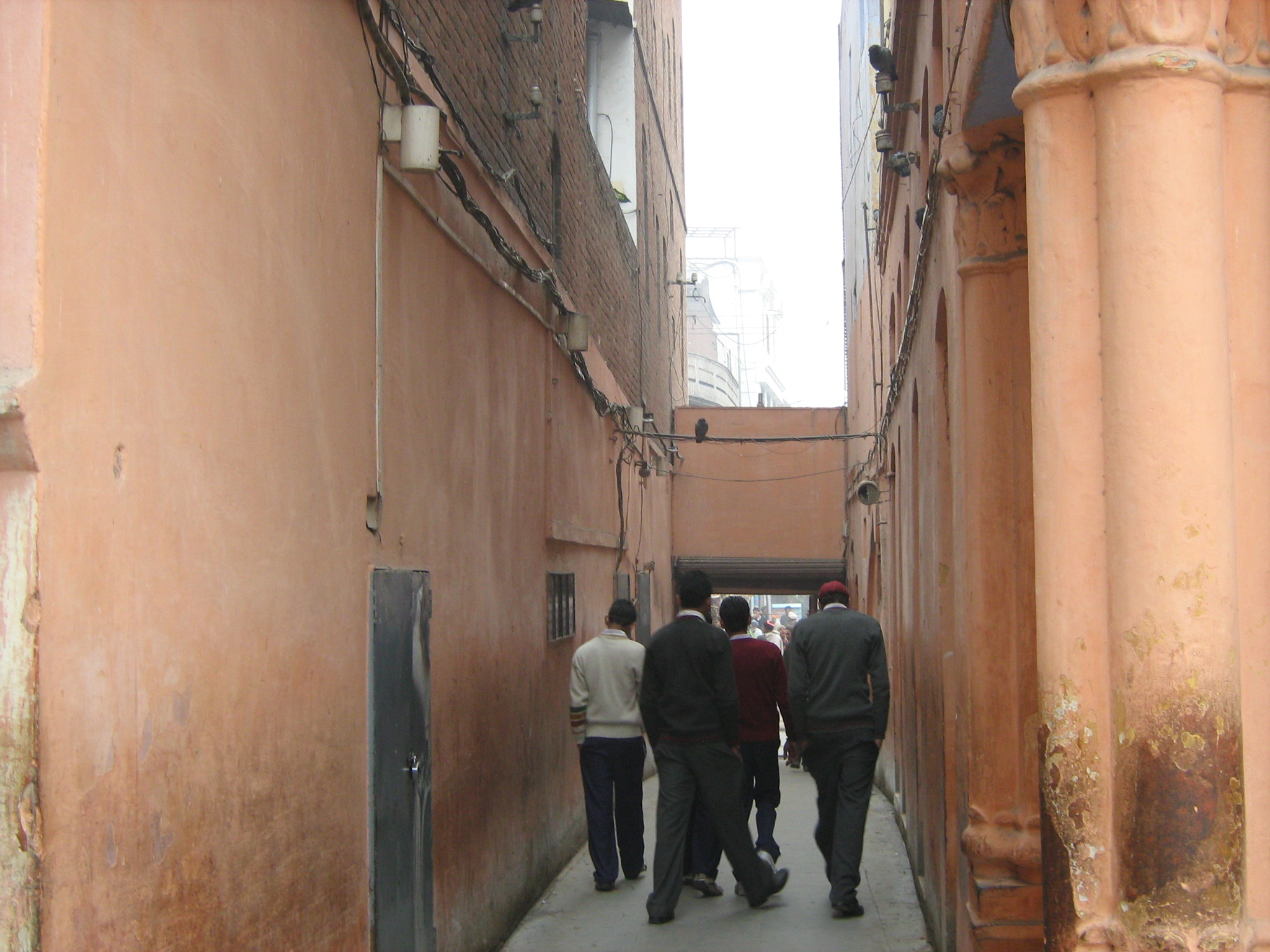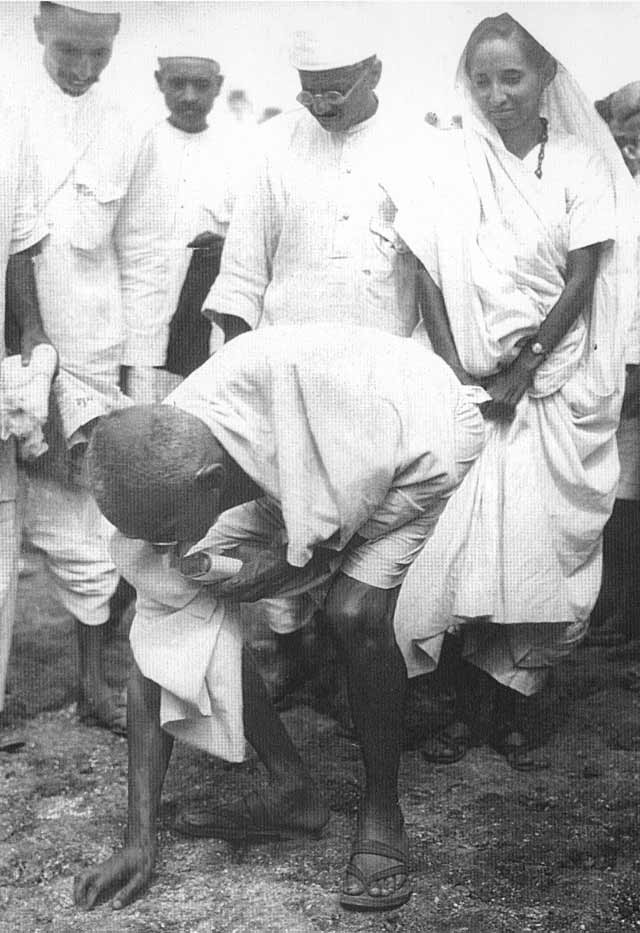 |
| Mandodari |
One day, she went to pay homage to God on Mount Kailash. Parvati, Shiva's wife, was not there, and Madhura, kidnapped by an ecstasy apparently not only mystical, laid with the God, ending the embrace before Parvati returned.
When Parvati came, she became suspicious of the presence of beautiful Madhura and suspicion became a certainty when she noticed on the body of Madhura part of the ash which Shiva used to cover themselves.
Parvati cursed Madhura and condemned her to live for twelve years as a frog in a well.
Madhura was desperate, so Shiva, who could not lift the curse of his wife, promised to Madhura
that - after twelve years as a frog - she would be transformed into a beautiful girl and she was going to marry a powerful man.
So Madhura turned into a frog and lived for twelve years in a well.
After twelve years, Mayasura, king of the demons, and his wife Hema, a beautiful apsara, wanted to have a daughter in addition to the two sons and began to pray to Shiva.
One night Shiva appeared in a dream to the couple and told them to look into the Madhura's well.
The couple went straight to the well and they heard the cry of a child, looked into and found Madhura.
The couple took the girl they named Mandodari which in Sanskrit means " thin waist."
Once grown, Mandodari married Ravana, powerfull king of Lanka, who abducted Sita, the wife of Rama as told in the Ramayana.
Mandodari is one of the so-called pancha kanya, five virgins. She was very wise and very devoted to her husband even though she tried with all her strength to convince him to return Sita and not to fight against the god Rama.






